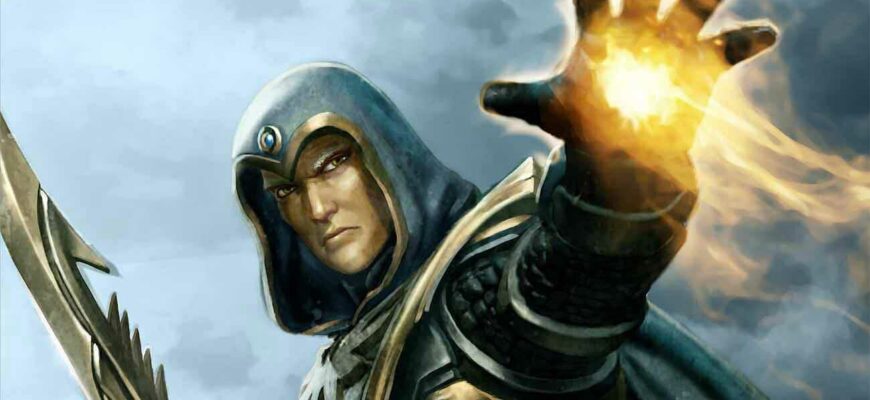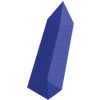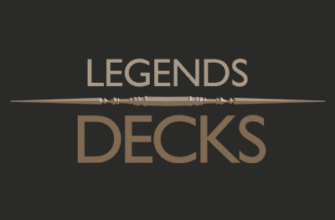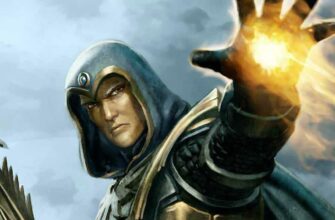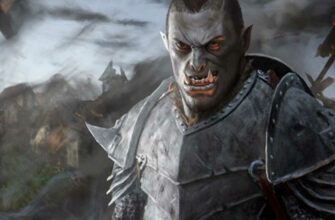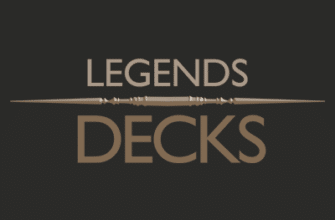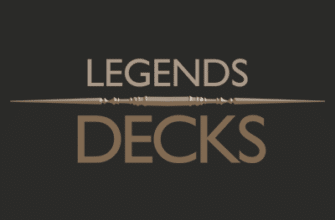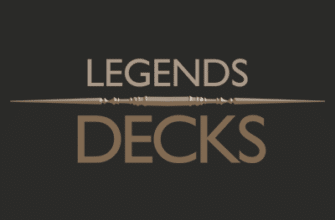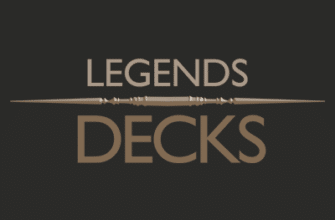Export
- Copy the code above by pressing “Copy to Clipboard”.
- Launch The Elder Scrolls: Legends
- Press the “New Deck” button
- The game should automatically detect your deck.
- Profit!
Jiub Sixth
3 [card]Sixth House Amulet[/card]
2 [card]Green Pact Ambusher[/card]
3 [card]High Rock Summoner[/card]
3 [card]Temple Conjurer[/card]
3 [card]Wardcrafter[/card]
3 [card]Daggerfall Mage[/card]
3 [card]Enamor’s Keeper[/card]
3 [card]Morkul Gatekeeper[/card]
3 [card]Ash Berserker[/card]
3 [card]Earthbone Spinner[/card]
3 [card]Lightning Bolt[/card]
3 [card]Blood Dragon[/card]
3 [card]Stronghold Eradicator[/card]
3 [card]Icewing Dragon[/card]
3 [card]Tel Vos Magister[/card]
1 [card]Merric-at-Aswala[/card]
3 [card]Mighty Conjuring[/card]
1 [card]Ancano[/card]


Battlemage deck
Mid-Range
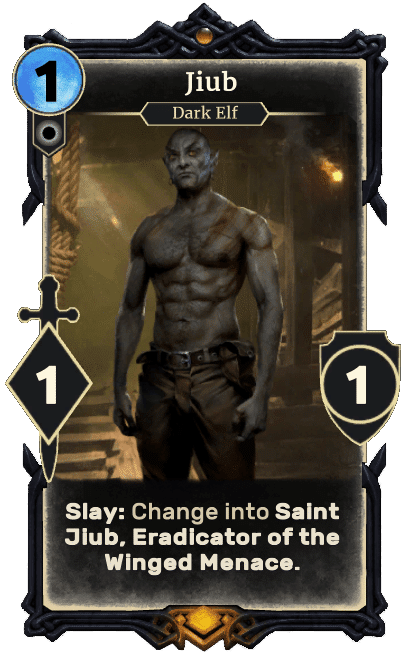
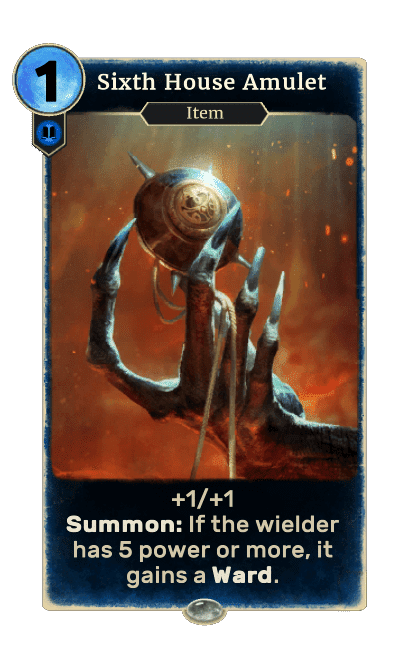
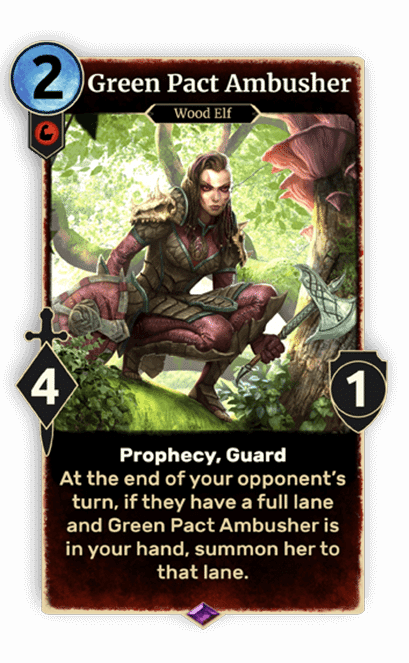
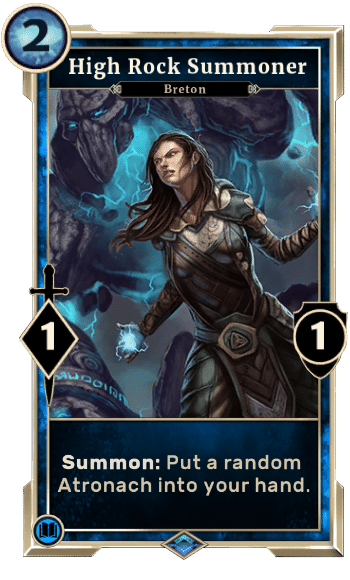
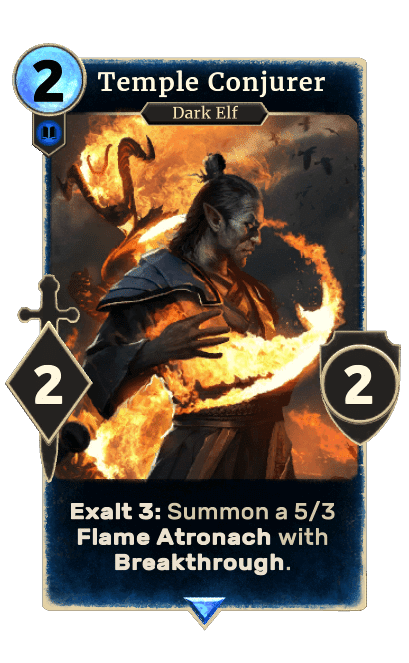
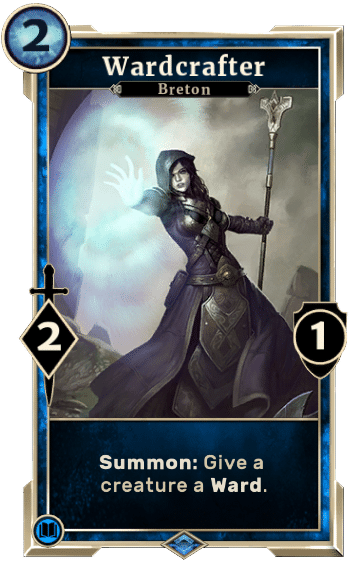
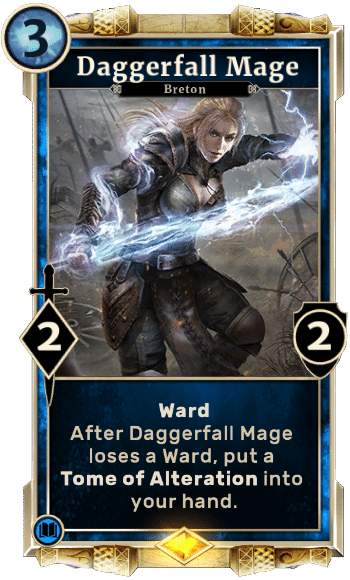
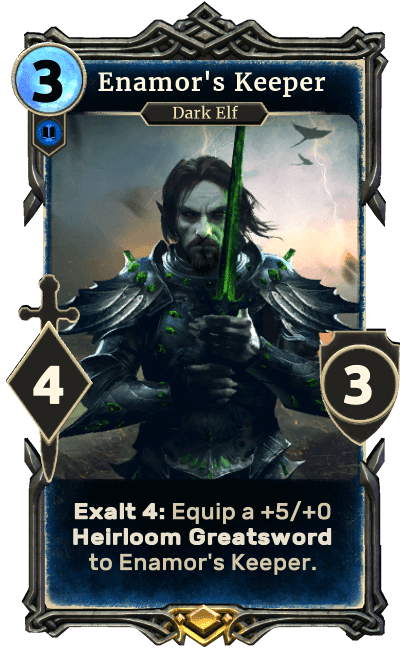
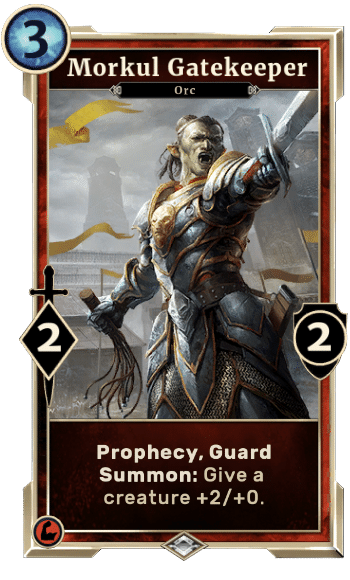
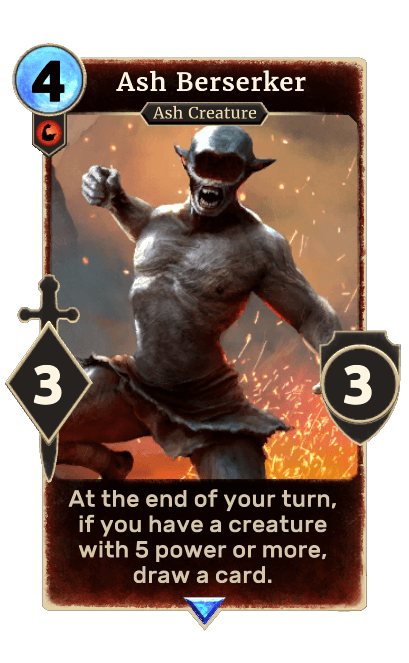
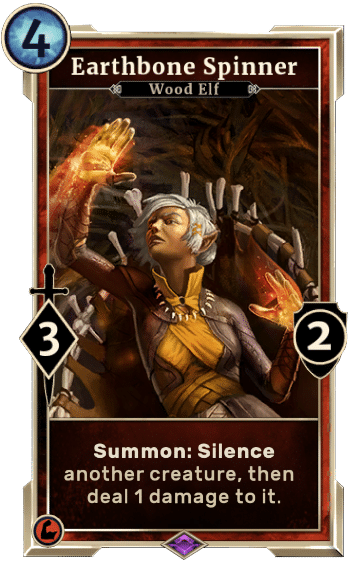

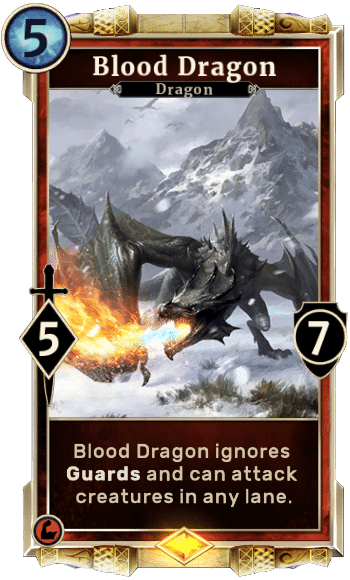

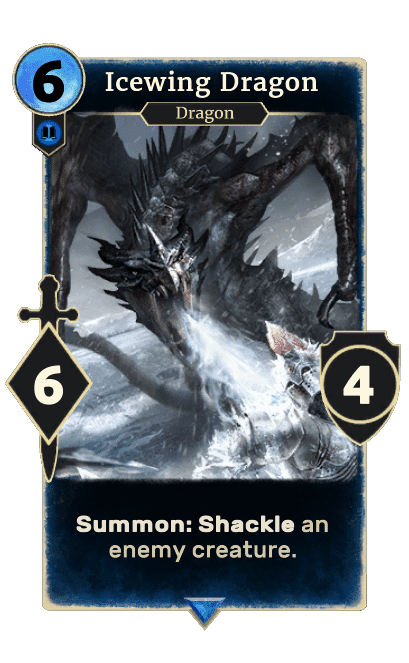
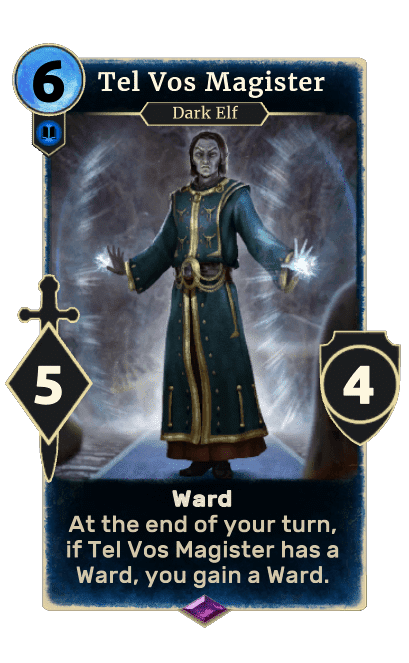
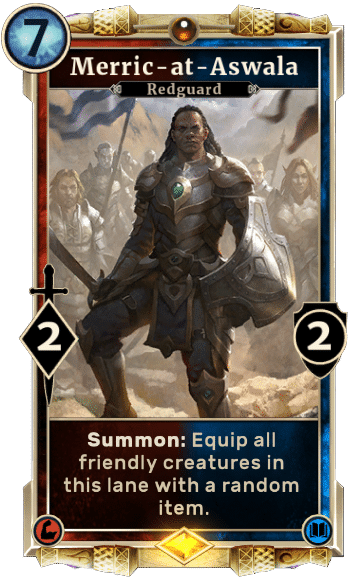


| 0 | 4 | 11 | 9 | 9 | 6 | 6 | 5 |
| Ward | 12 |
| Guard | 11 |
| Prophecy | 8 |
| Exalt | 6 |
| Slay | 1 |
| Breakthrough | 1 |
| Regenerate | 0 |
| Rally | 0 |
| Wane | 0 |
| Treasure Hunt | 0 |
| Wax | 0 |
| Lethal | 0 |
| Drain | 0 |
| Charge | 0 |
| Betray | 0 |
| Invade | 0 |
| Last Gasp | 0 |
| Pilfer | 0 |
| Assemble | 0 |
| Plot | 0 |


This represents what I think is the strongest selection of Battlemage cards right now, albeit breaking from older midrange styles and thereby omitting their cards. These include omitting Sentinel Battlemace, Breton Conjurer, any self damage/aoe cards, or any giants.
Ultimately I still think those cards are still strong, but they can suffer from being drawn in the wrong order or at the wrong time. For example it’s extremely risky to play Breton Conjurer on curve unless you can Ring out a Rapid Shot. Therefore the card actually costs a minimum of 5 mana and can be a dead card in your hand if you have not also found Rapid Shot, Skaven Pyromancer, Cradlecrush Giant, or Fireblast/Ice Storm, the last of which could either be very inefficient or need to be used before the Breton can be put into play.
Even with a successful Frost Atronach summon, Breton Conjurer is only of even value unless you can trigger his effect multiple times. This means you must find sources of ward and possibly a way to break his ward multiple times. This requires more specific cards to be drawn in a specific order. While potentially powerful, few games offer this luxury.
Similarly Balmora Spymaster is a dead card until at least 5 mana, ideally 8+, and only when you can simultaneously trigger his last-gasp. Thus if you want at least a 7 cost creature from his death you need 8 or 10 mana to use a Rapid Shot or Skaven Pyromancer. He’s cheaper than Breton Conjurer and lacks the onus of needing to reuse his effect, but while sharing most of the same drawbacks has the additional flaw in that he might RNG roll low and really waste your time, mana, and cards.
Giants remain very powerful, and I still highly value Cradlecrush, Belligerent, and Vigilant Giants. Cradlecrush Giant is rejected here only to make room for Icewing Dragon. I think they are very similar in power level, but I find recently most aggro decks rely on buffing their creatures such that it becomes less and less likely Cradlecrush Giant alone will remove anything on summon, and his fragility remains an issue. Only if you need self-damage sources does he remain essential in a Battlemage deck. Icewing Dragon has the same stats but is guaranteed to halt one enemy threat for one turn, which could be all you need.
Belligerent Giant can both single-handedly win or lose games. Removing a guard or completely wasting the opponent’s previous turn can instantly win the game. However his fragility at 7 mana is a bit unwieldy. He has a lot of overlap with Icewing Dragon, and having Breakthrough is not always sufficient compensation for costing more.
And finally Vigilant Giant, while an excellent card, seems to never survive a turn. As such the card draw he provides is not really sufficient compensation for his cost. Hence here Mighty Conjuring is chosen instead, since its ward gives it a chance to survive lethals.
And thus I am favouring Exalt creatures and dragons over giants and cards which must be self-damaged. The result is a slightly shorter curve, enabling a potentially faster attack and/or longer lasting attack momentum. Furthermore the Exalt creatures are playable both on curve and later in the game. This is a distinct advantage over Breton Conjurer and Balmora Spymaster, as described previously, since they are not really playable on curve and are only playable later on with the aid of specific cards. By contrast, Temple Conjurer and Enamor’s Keeper require no support whatsoever.
And thus the deck’s choices give it three 2-3 cost cards which are playable from top-deck later in the game: High Rock Summoner, Temple Conjurer, and Enamor’s Keeper. These give the deck greater chances of finding victory should it lose its momentum.
Then Blood Dragon, Stronghold Eradicator, and Tel Vos Magister are conventional midrange creatures and represent the bulk of the deck’s lasting damage threats.
Sixth House Amulet is not necessary, but with so many cards with 4 or 5 power, it seemed prudent to include it to protect these cards in particular from lethal creatures, but also to enable more efficient trading in general. Furthermore, the weakness of Icewing Dragon’s fragility has already been mentioned, and this card offers a solution. Having an extra way to replenish Tel Vos Magister’s ability to ward face is nice as well. The combination of Icewing Dragon and Tel Vos Magister is an absolute nightmare for other midrange decks to deal with, and it can offer winning chances against faster decks as well.
Jiub is not really here as a serious inclusion. I opted to include him anyway on the off chance he sticks a turn and is able to achieve his slay-transformation thanks to a Wardcrafter, Tome of Alteration, Sixth House Amulet, and possibly Morkul Gatekeeper. It seemed to me that there are just enough options to make this scenario possible that it is worth including him, since a 1 cost 5-5 is hilarious.
Note that I have omitted support removal entirely. While not long ago this was suicide, I find recently that having support removal is often incidental to the result of the game. The scariest supports are Haunted Manor and Divine Fervor. Decks that run these seem to be scripted to always draw them in time to play them on curve, and can so frequently find value the moment these supports hit the board that even if you can immediately remove them, the damage has been done that at best you’re only even.
If a Divine Fervor hits the board while they have creatures in play, they can often trade efficiently with the creatures you have on board on the same turn. Even if a Haunted Manor is instantly removed and also buffed nothing, Hlaalu has enough potential to often build up an attack anyway.
Hardcore support decks can run Excavate, and support removal is such a poor tempo play that it can buy such control decks the space to recover.
Therefore I prefer to stock my deck with greater threats, trusting in my attack to threaten victory and trusting in my prophecies, Icewing Dragons, and Tel Vos Magisters to render their attack ineffective. And likewise maintaining greater momentum often prevents control decks from finding the space to use or time to find value from their supports.
That being said, if lacking support removal makes you uncomfortable, there are several options to solve that. The easiest substitution would be remove Jiub and one copy of Sixth House Amulet to add two Dushnikh Yal Archers. You could also swap in Belligerent Giant instead– I don’t think that would hurt the curve too much, and retaining Sixth House Amulet could solve their fragility. I also think Morkul Gatekeeper could be swapped out alternatively for your choice of support removal, although it would be a little weird for the curve, remove potential Sixth House Amulet combos, and remove that method of triggering Ash Berserker’s card draw. The final option that I don’t think would hurt the deck at all is to swap out Earthbone Spinner for support removal. The loss of silence I think would need to be compensated for by specifically using Belligerent Giant instead of Dushnikh Yal Archer, despite the latter preserving the curve. Right now I think silence is more versatile than offensive unsummoning, but in many scenarios their effects differ only in the timing in which they arrive.
The last detail I wanted to point out regarding strategy is the use of Merric. He’s obviously powerful in most scenarios, but I think there’s something to keep in mind to maximize his effectiveness. When deciding where to place your creatures, try to not put more than three large creatures in the same lane, and sometimes maybe not even more than two. Additionally, keep your small creatures, such as High Rock Summoner, Temple Conjurer, and Wardcrafter, in a single lane as is possible, maybe keeping the company of one large creature. The point of this arrangement is it reduces the calamitous effect of a Dawn’s Wrath or Unstoppable Rage while giving you a way to recover your attack using Merric.
The opponent will obviously prioritize removing large creatures over small, possibly ignoring the latter altogether. This means that you might be able to keep three small creatures in a lane unopposed long enough to find and play Merric, potentially turning these small creatures into threats of their own. Obviously it’s better to buff creatures that are already strong, but if you put all your eggs in one basket your entire attack might be stopped.
If you mix your creatures too much, and have two small creatures and two large creatures in each lane, you give the opponent all of the information he needs to deal with your board. The benefit of this is that it potentially splits his defences, but he may very well be capable of defending anyway. However if you use the arrangement I am describing, you may trick the opponent into misusing his resources, thinking he can fully commit to blocking only one lane and disregarding the other, enabling you to suddenly find victory in the neglected lane via Merric.
Now while this deck is quite expensive to craft, I really can’t offer collection-based substitutions. The point of this deck is to use a specific subset of midrange Battlemage possibilities because I think that selection might be stronger than alternatives right now. So if you don’t have these cards, you can’t execute this particular variety of the archetype. If your collection is incomplete you can definitely adapt what you do possess into a viable midrange Battlemage deck, but it wouldn’t be this deck.
As mentioned previously, the only substitutions that I’m aware of that I could get behind are swapping in support removal and swapping Icewing Dragon for Cradlecrush Giant. I’ve chosen these cards for a reason, but I don’t think those two substitutions would significantly harm the purpose of the deck.
I think I’ve covered everything relevant for my card choices and how to use them, but if I’ve overlooked something feel free to ask for clarification.
Share on:
2 Comments
I had 7 games in a row where I went first and lacking the Ring seemed to hurt pretty badly. I find the deck is struggling to have a creature to play every turn for the first 4 turns. I often don’t have a 2 or 3 drop or after playing a 2 or 3 cost card I don’t have a 4 drop or another 2 or 3 drop to play. The Ring would definitely help with this, but obviously a deck shouldn’t be reliant on going second. Ironically the 8th game, where I finally went second, was the game where I had a perfect curve to play and didn’t need the Ring.
Over those eight games I went 4-4. Several of the losses were very close, and involved me being a turn from lethal on account of their aggressive deck having the advantage of going second.
The deck crushes control decks, but seems to be losing against other midrange decks unless it gets lucky and/or they get unlucky. It’s a little tough for me to make a definite evaluation of the deck right now, since going first seven times in a row is clear bad luck.
If what I experienced is not entirely due to bad luck my guess is the deck is too dependent on its 5 and 6 cost cards. Furthermore, while Temple Conjurer is technically a playable 2 drop at 2-2, it’s basically a third 5 cost card since its Exalt is so good, and most 2 cost cards in the meta are 2 for 1 deals– 2-3 bodies, rallies, wards, etc. So if the deck’s turn 2 play is Temple Conjurer, it almost immediately sets the deck behind, to the extent where I wonder whether it’s even worth playing that card on curve at all. And if you accept that conclusion, then the curve is garbage, with only 8 cards costing 2 but 9 cards costing 5.
Then finally, the 4 cost cards exclusively offer no immediate threat. This is funny because typically Battlemage decks are flooded with 15-18 4 cost cards. Earthbone Spinner singlehandedly won me one and possibly two games over the 8 I played today, but with a 3-2 body, if it’s the deck’s only playable card by turn 4, the deck runs the risk of falling behind early for another reason. The other 4 cost cards are a 3-3 body and Lightning Bolt, the former being the deck’s only source of card draw and the latter being the deck’s most consistent finishing tool. These are great cards, but they don’t compete with cards like Bleakcoast Troll, Corrupted Shade, Hive Defender, Emperor’s Blade, or Cloudrest Illusionist.
All that being said, all of the deck’s cards from 5 cost and onward are bonkers strong, so if the deck isn’t outright losing by turn 5 it almost always wins. Even if Blood Dragon/Stronghold Eradicator instantly get removed, there’s always another card with 5+ power for turn six, seven, etc. And I’ve never failed to have a Lava Atronach in play by at least turn eight as result.
So moving forward I might need to refine the deck’s early-game, or I may have just been incredibly unlucky today and the deck might be just fine.

